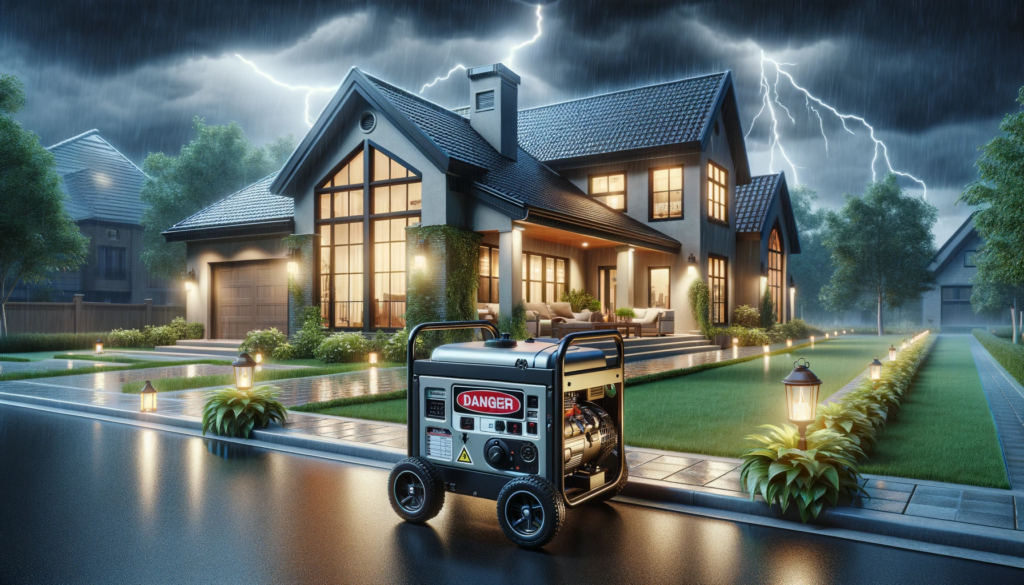When a power outage strikes, the convenience of a home generator can seem like a lifesaver. But how exactly should one connect a generator to their house safely and efficiently? This article delves into the essentials of using a portable generator, the dos and don’ts, and the necessary safety precautions to keep in mind.
The Basics of Connecting a Generator
What You Need To Know About Extension Cords and Power Transfer Systems
Portable generators should not be plugged directly into a wall outlet due to risks such as backfeeding, which can cause severe damage and is often illegal. Instead, using a transfer switch is the safest way to connect a generator to your home’s electrical system.
Why Not Direct Plug-In?
Directly connecting a generator to your home without a transfer switch can lead to catastrophic issues including fires and explosions. Learn more about the dangers of improper generator use.
Generator Cords and Safety
Utilizing the correct type of generator cord is crucial. A GenCord provides a safe and efficient way to connect multiple devices to your portable generator. Make sure the cords are up to standard to avoid overloads.
Transfer Switches: A Must-Have
Manual vs Automatic Transfer Switches
There are two types of transfer switches: manual and automatic. Each serves the crucial role of safely connecting your generator to the home’s power system without risking damage or safety.
Installation and Usage
It is highly recommended to have a professional electrician install the transfer switch to ensure it meets all safety standards. Here’s how you can find qualified electrician services.
The Role of Interlock Switches
Interlock switches provide an additional layer of safety by preventing the generator from starting if the home’s power is still active. This is crucial to avoid damage to your generator and home.
Setting Up Your Generator
When installing a generator, consider its placement carefully to avoid hazards such as carbon monoxide poisoning and ensure it is away from combustible materials. Always follow the manufacturer’s guidelines for setup and operation.
Safety Tips for Portable Generators
- Ventilation: Always operate your generator outdoors and away from living areas.
- Clearance: Ensure there is adequate space around the generator to avoid fire hazards.
- Maintenance: Regular checks can prevent most generator-related accidents.
Using a Generator During an Outage

Practical Tips and Tricks
Once your generator is properly installed, using it during an outage is straightforward. Ensure you switch it on only when necessary and monitor its operation continuously.
Optimal Use of Power
To avoid overloading your generator, prioritize which appliances and devices are essential during an outage. This strategic usage will help prolong the life of your generator and ensure safety.
Best Practices for Generator Maintenance
Maintaining your generator is key to its longevity and efficiency. Regular maintenance checks are crucial, especially before the storm season hits. Discover more on maintaining your equipment with these guidelines on lawn care.
Conclusion: Safe and Effective Generator Use
Yes, you can plug a generator into your house, but it must be done correctly to avoid any risks. Using a transfer switch, adhering to safety guidelines, and ensuring proper setup and maintenance are all essential steps to using a generator safely during power outages.
Discover more about the best equipment for your home and garden, like the latest in electric pressure washers and updates on lawn mowers and tractors.
Ensure you are prepared for the next outage with the right knowledge and equipment, keeping your home powered safely and efficiently.

